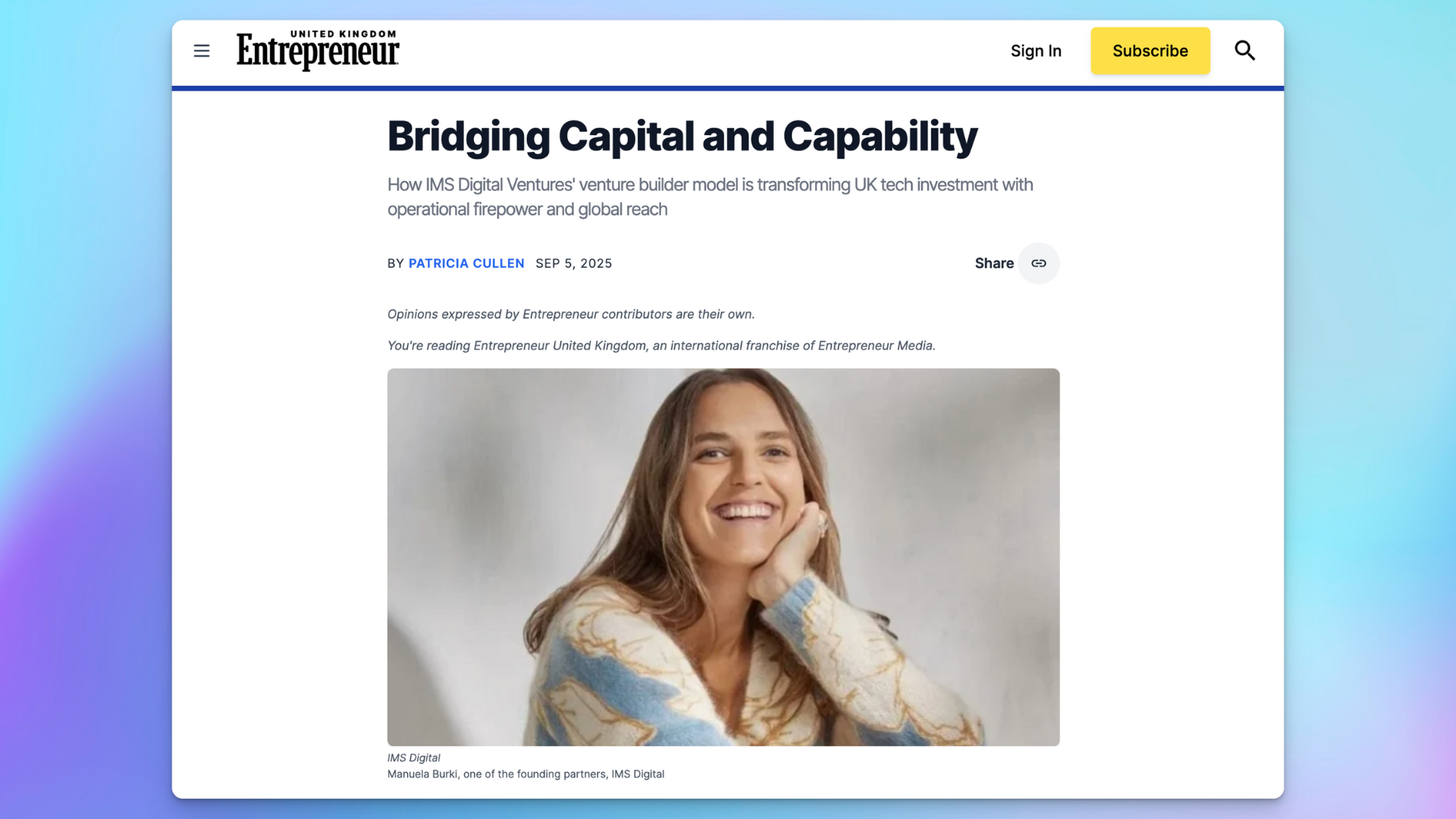Entitled. Sophisticated. Ethical. Digitally-savvy. There is seemingly no end to the superlatives used to describe the infamous millennial consumer. There is one thing that most observers would agree on: brands who successfully tap into the psyche of this enigmatic consumer enjoy surging revenues from a group that is both willing and financially able to spend: only 1/4 of Chinese millennials save money versus the national average of ½ (source: OMD China and World Bank).
There is no one-size fits all when it comes to profiling mainland millennials, but there are a few commonalities that characterize this sought-after consumer group
1. Chinese millennials enjoy novelty products and innovative partnerships…
Whether it’s an unusual yoghurt flavour or a cool brand-KOL partnership, Chinese millennials are attracted by novelty products, limited edition items or new and alternative lifestyle choices. Millennials crave products or brands that set them apart from their peers and that can become a talking point in their social circles.
Online, this translates into rising expectations for brands to provide innovative experiences: often merging experiential in-store activities with personalised online journeys. Brands who can stay one step ahead of the digital campaign can quickly become talking points and become ‘hot topics’ on popular social portals.
…but are aware and respectful of their cultural heritage
As Dolce & Gabanna are still licking their wounds from a disastrous Chinese New Year campaign, it is more apparent than ever that a deep cultural awareness and sense of authenticity is imperative for global brands seeking the respect – and revenue – from Chinese millennials.
There is a fine line to tread when crafting campaigns that appeal to a culture that is as innovative as it is traditional. A challenge common to all brands is understanding how to represent shifting gender ideals in advertising. Understanding gender roles and integrating them into a compelling brand narrative is key for brands navigating the consumer landscape in China.
2. Chinese millennials are increasingly concerned by sustainability…
While still an emerging trend, millennials are increasingly concerned with sustainability, ethical sourcing and the environment. Brands should also consider current events and national issues affecting society as a way to reach out to millennials and empower them to make a difference – simply by making a purchase. Brands who can offer value beyond the transaction, for example through recycling efforts or supporting children’s education, are in a good position to connect with a generation who wish to make a difference in the world.
…yet are still inclined to chase brand experiences that make themselves feel good
At the same time, millennials worldwide are willing to spend money on luxury items in order to treat themselves and make themselves feel good (source: Deloitte). In China, this is compounded by the need for brands to establish emotional connections with consumers: a key competitive differentiator in a noisy marketplace.
Given that 60% of millennials consult social media before making a purchase, it is lucky that brands are spoiled for choice when it comes to the various channels available to translate brand values into powerful marketing messages. If brands can get this right, they are more likely to benefit from Chinese consumers’ tendency to share their buying experience: almost two-thirds of consumers stated that they would share product feedback on social media after making a purchase.
Most common post-purchase activity in China 2017, by type of activity
A social media presence that balances entertainment with storytelling will help brands establish themselves at the forefront of millennials’ minds. This is especially important for clothing, accessories or cosmetics brands, where 70% of millennials consult WeChat and Weibo as a leading source of information for fashion trends and styling tips (source: Fung Business Intelligence Centre).
The Chinese millennial is a challenging consumer segment for any brand, but also one that is ripe with opportunity. Brands should think carefully about creating compelling experiences across online and offline channels that are both innovative and respectful of the culture.
About the Author
Manuela leads the Marketing division at IMS, advising clients on branding and market positioning in both Europe and Asia.
Prior to joining IMS, Manuela worked in financial regulation and compliance. Past experiences include representing France in roundtable discussions in Brussels for the European Venture Capital Fund (EuVECA) Regulation.
She obtained her LL.B (Hons) at UCL before graduating from Sciences-Po, Paris, with a Master’s in Financial Regulation.
Connect with Manuela Burki on LinkedIn



